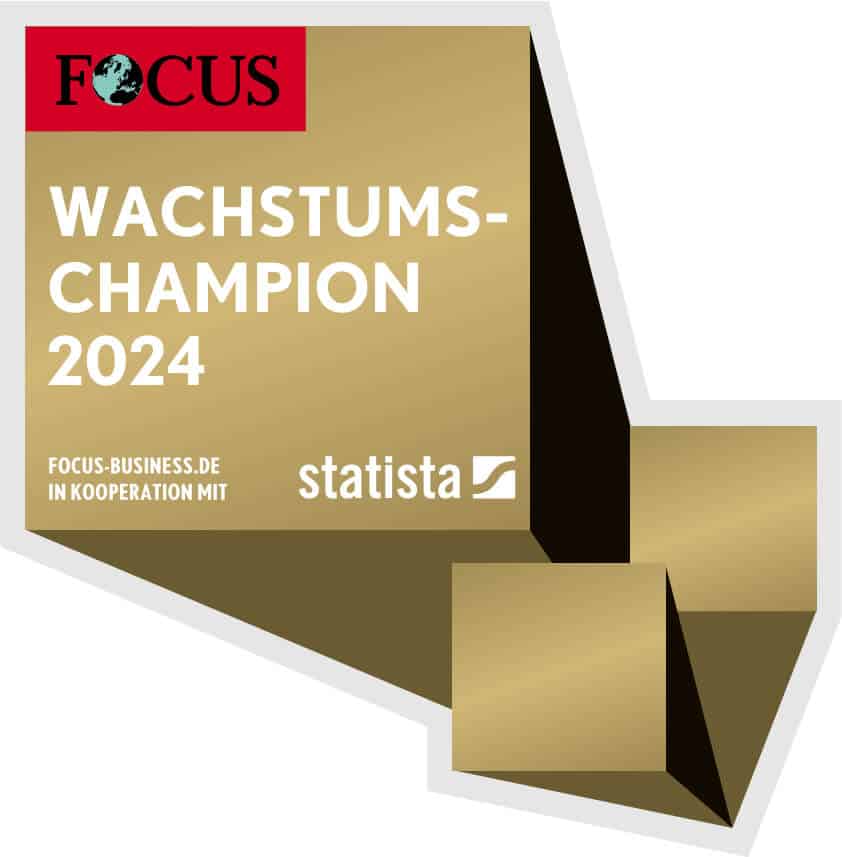Internal and cross-company collaboration cannot be achieved without functioning collaboration. In our multi-part blog series, we have already dealt with the application scenarios of collaboration and the state of the art is a major concern. After all, the need for collaboration is now omnipresent: everyone has access to appropriate tools or can download them from the Internet to support collaboration in terms of system technology. In most cases, however, this collaboration is far less efficient if the processes and tools are not centrally defined. In fact, agreed processes and organizational standards are often bypassed within the company. In addition, data is stored redundantly and a wide variety of tools are installed on a company's own computer, which means that security gaps are carelessly accepted. In this article, we will look at the challenges and risks posed by collaboration, highlight the actual potential and provide specific recommendations on how to overcome the challenges and risks associated with collaboration.
Collaboration and end-to-end processes
The decisive factor for collaboration is that it takes place within the framework of end-to-end process chains and that the exchanged data can be used in the company's internal IT systems with as few media disruptions as possible.
Today, every company uses its own solutions and some employees also have personal preferences. Very few collaboration solutions are integrated into the company applications. Exchanged data and documents must therefore be manually transferred to the company applications. This is often done inadequately: exchanged documents are not checked into the document management system or are not sufficiently classified and linked. Sometimes they are also managed on different platforms, which inevitably means that the same version of documents is not stored in all places and is not available to every employee involved.
Experience shows in particular that it takes a very long time at the start of a project or other collaboration for the tools to work properly for everyone involved and for them to become familiar with them. This is where management, project management and IT departments are required to define clear guidelines. Of course, the same tools cannot be used in every scenario in a company due to different requirements. But within a project or business process, there must be a clear definition of tools and document repositories. As experience has shown, the specific challenges and risks associated with collaboration begin with the definition of the basis for collaboration.
This includes a commitment from management that collaboration in general and the use of the relevant tools and apps are expressly desired. Ideally, management should also use these tools themselves. IT, in turn, must ensure that the technical system requirements are met. It is also the responsibility of project management to ensure that external partners are brought up to the required software level as quickly as possible and that access is provided. This may sound trivial, but in practice this is all too rarely done satisfactorily.
Distributed development projects
In distributed development projects, communication itself is also a top priority. Because if you are in the same office, ambiguities are clarified quickly and directly. In addition, after a long period of direct collaboration, you have become accustomed to the respective colleague and know what information they need and in what level of detail. In IT projects, for example, specifications do not have to be so detailed if the developer is working in the immediate vicinity, for example in the next room.
Offshore projects, on the other hand, often fail because the specification is not detailed enough and nobody takes the time to explain the issues in detail to colleagues abroad. However, the latter in particular is extremely important. Experience shows that very few specifications are free of contradictions and errors and can be understood without explanation: Writing a specification that describes everything sufficiently from the author's point of view does not ultimately relieve the author of the obligation to explain it to the other project members.
Likewise, more time must be allowed for quality management - in all phases of the project. If it only becomes apparent after the implementation of an IT application or after the initial production phases of a product that a gross error has been made during the specification phase, this can be very expensive.
Spatial separation
Physical separation causes less personal connection between the project participants. For this reason, the management or project leader should ensure that those involved are at least familiar with each other at the start of the project. Get to know us personally. Occasional video conferences also allow the personal relationship to become somewhat deeper than is the case with a pure exchange via conference calls. In turn, more familiar interaction lowers the inhibition threshold for making contact and brief inquiries, for example, which has an impact on the time efficiency of project work.
Special features of cooperation with foreign countries
When teams whose members are in different locations work together, further challenges and risks arise in collaboration that need to be overcome. Language barriers, time differences and cultural differences in particular sometimes make working across national borders extremely difficult.
Language
English is the internationally shared language. It is increasingly being used in projects in German companies too, as soon as there is even one person involved who does not speak German. In Germany, however, many German employees still have a problem with projects that are conducted in English. As a result, the efficiency of meetings decreases significantly. In this respect, companies are called upon to introduce their employees to this change.
Time difference
When working with other continents, unusual time windows arise for communication. From a Central European time zone perspective, communication with Asia usually takes place in the morning and with the USA in the evening. This can lead to an employee holding a telephone conference with Asia from home in the morning and then communicating with team members in the United States in the evening after the actual day in the office. Here, too, the company is required to manage this process and not tacitly place expectations on its employees.
Intercultural differences
When members of different cultures work together, worlds sometimes collide; this also includes the way they communicate. Both the project managers and employees should be aware of this so that misunderstandings can be avoided. This challenge of collaboration begins with the subtleties of communication. For example, the following questions arise:
- When has the other person understood an explanation?
- When does he agree and when does he not?
- What form of guidance is appropriate?
Communication within a team can all too easily emerge as a challenge - and potential risk - when it comes to collaboration. This makes it all the more important that everyone involved has all the relevant information about the cultural background and manners of their counterparts.
Security risks
Ensuring security is of course one of the most important challenges and risks associated with collaboration. In the course of collaboration between different companies, there are also risks of know-how leaks. After all, it cannot be completely ruled out that data could be stolen via security gaps in the tools used, for example. However, it can also happen that one partner deliberately "sucks" know-how from the other. This could be used as an advantage against them at the next opportunity. Companies are also required to carry out risk analyses on the project-specific principles of collaboration, determine the probability of damage and assess the amount of potential damage.
Potential and recommendations
A well-established collaboration brings efficiency to the processes. However, only if this efficiency is in place will the travel costs and effort saved by collaborating over the Internet really be savings for the project budget. To ensure this, a company should provide guidelines that recommend the use of the tools and support them with training measures. For example, the people concerned should already receive initial recommendations when they are hired.
At this point, it should be emphasized that collaboration is not just about hardware and software. Rather, it is important to understand this topic in a process-oriented way. This requires an analysis of the relevant collaborations in the company in the respective business processes.
Each process must be considered accordingly:
- Availability of hardware/software: What new tools are needed, for example for screen sharing and video conferencing?
- Integration of external partners
- Availability and stability of the tools on all devices, carrying out tests before meetings
- Clearly defined tools for document management with a single, centralized document repository and a versioning and status concept
- Release processes for all binding documents in the project
- Integration of document-based collaboration applications into the company DMS
- Planning the rollout measures,
- Specifications for use.
The following measures are also recommended:
- Building personal relationships through "real", face-to-face meetings in one place
- Training on the tools used
- Training on intercultural differences
- Creation of a quality plan for the project.
These lists can of course be continued depending on the project. However, the points listed here represent the most important steps.
Conclusion: Collaboration challenges and risks can be overcome in a targeted manner
Collaboration tools can not only help to carry out projects more efficiently. When used correctly, they can have a very positive effect on the way employees interact with each other: People see each other in conferences, for example, or complement each other by working together on a document or presentation. The inclusion of customers and/or suppliers can also deepen cross-company relationships. This in turn requires not only that the necessary IT tools are made available, but also that collaboration is planned by management and project management and that the introduction of tools is accompanied by measures. In this way, companies maximize their chances of success if the challenges and risks associated with collaboration are taken seriously and addressed from the outset.
TCI and Collaboration
TCI is characterized by a virtual organization and working in diverse projects. We therefore not only have consultants who specialize in collaboration: Collaboration is an integral part of our day-to-day work. This applies to the partners themselves, but also to the connection of customers and suppliers.
(Cover image: © Trueffelpix | fotolia.com)


